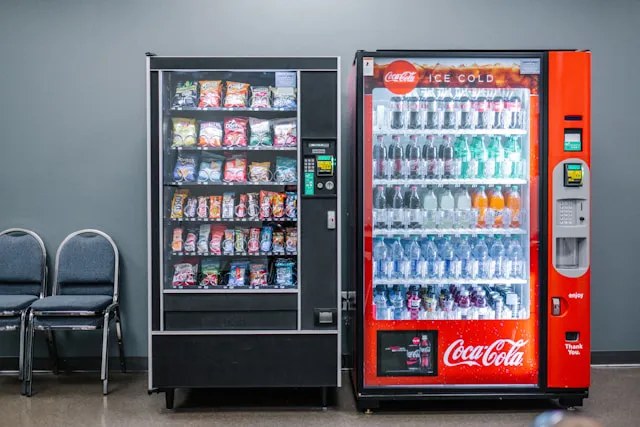Mass Arbitration, Mass Torts, and Class Actions
What are Mass Arbitrations, Mass Torts, and Class Actions?
We often get this question from folks that are researching the various types of class action lawsuits. You may have seen mass arbitrations and mass torts come up on this very site. It is easy to get confused with the wide variety of names and types of class actions or related litigation. This article will guide you through the process and details of some differences between class actions, mass torts, and mass arbitrations, all of which you might commonly see posted here on OpenClassActions.com.What is Mass Arbitration?
Mass arbitration is a relatively new development in the history of litigation. As consumer demand has risen dramatically worldwide, more and more customers worldwide for companies has also meant that any mistakes businesses make with their products or services lead to a much larger risk of mass claims in case anything goes wrong with their product.Mass arbitration can involve thousands of similar claims coming simultaneously from consumers.Compiled together and initiated simultaneously, usually with the assistance and facilitation of lawyers, these claims aim to oblige the defending business to participate in arbitration outside of court to settle consumer complaints. The difference between class actions and mass arbitration is subtle. The mass arbitration route means that it is a bunch of individual claims being filed simultaneously. Class action lawsuits are filed as one, uniform lawsuit on behalf of a group, or class of consumers or plaintiffs.
Many service providers, merchants, and businesses in general include an arbitration clause in their policies. This is aimed at preventing clients from seeking court action with mass litigation such as with class action lawsuits and settlements. Generally, mass arbitrations and class actions may arise from issues such as violations of consumer rights, misleading terms of service, false advertising, and a plethora of other possible consumer cases.
What are Mass Torts?
Mass torts start with a number of separate similar cases and then grow into combined lawsuits. It takes significant effort on the part of lawyers to sort all received submissions and streamline them into one combined case. This can only be done if similar claims are addressed to the same business, or defendant. Often, lawyers on the case of the plaintiffs, or consumers, will use marketing to reach out to more potential plaintiffs to support and build their case.Subject to the number and location of claims, mass torts might be consolidated within one geographical area or across several regions in some cases. Usually targeting widespread negligence of a company, mass torts aim to right the wrongs of harm that may have been caused due to medical devices, pharmaceutical drugs, toxic environment, dangerous or malfunctioning products, and even man-made and natural large-scale disasters. All claims must be seeking compensation for the same harm will typically involve a large group of plaintiffs.
The main distinction between mass torts and class actions is that mass torts treat all of the consumers and plaintiffs in the case as individuals. Class actions tread the defendants as a “class”, which is more of an individual group than individuals. A well-known example is the Roundup case, with a multi-billion settlement against cancer-causing claims. You can find other open class action settlements that are open to claims here.
So What Are Class Actions?
Another very common type of court process that deserves special attention is class action. More plaintiffs can join an open class action case as long as they fit the requirements, becoming “class members” with representation from class action lawyers in court. As long as the consumer fits the profile and the conditions of the case, the claim will be eligible for a payout once, and if the class action is settled between the business and consumers, and is approved by a judge or court. The consumers or plaintiff may join any open class action within the class period - the timeline where the issue occurred.A great example of a class action settlement is the privacy violation settlement with Snapchat, which settled a class action lawsuit for collecting facial recognition data on users, for being allegedly in violation of Illinois State privacy laws. Open class actions can be joined by any eligible consumers, and if the case is not yet there, it can be filed from scratch and then grow by inviting other customers to join.
How Do I Find Class Action Settlements?
Find all the latest class actions you can qualify for by getting notified of new lawsuits as soon as they are open to claims:
$30M YouTube Privacy Settlement
Deadline: January 21, 2026
Submit Claim
$4M Frozen Waffles Class Action Settlement
Deadline: Dec 16, 2025
File Claim
$1.9M PetSafe e-Collar Settlement
Deadline: Dec 2, 2025
Payout: $30 - $420

$6.94M Vending Machine Charges Settlement
Deadline: November 14, 2025
Submit Claim